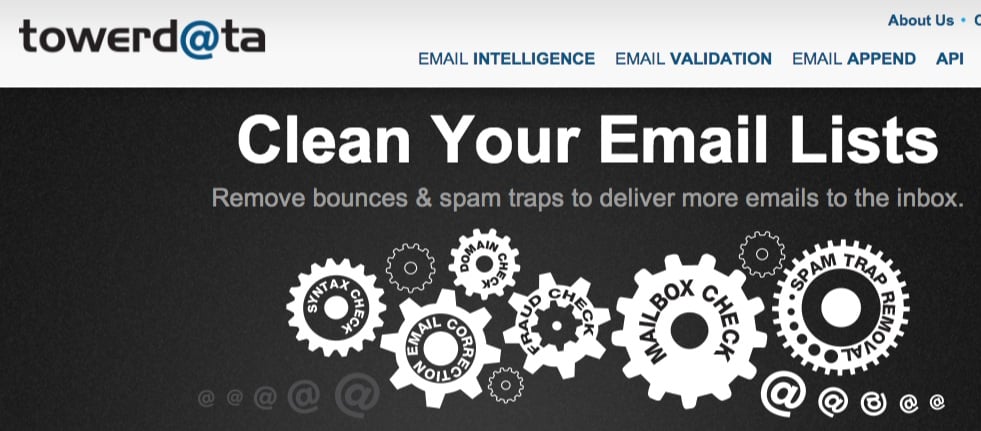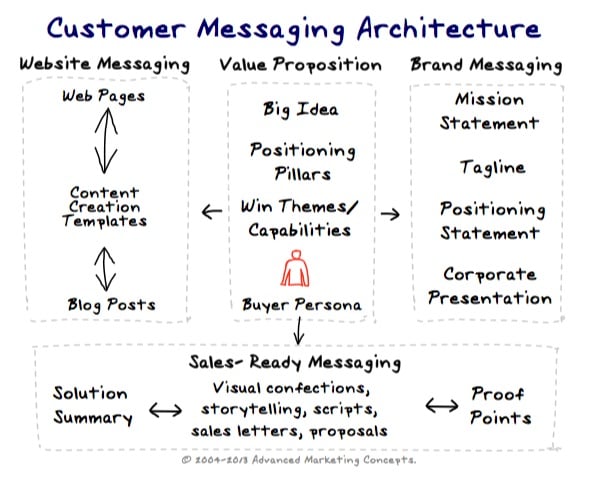The Symptoms are not the Problem
I have detected a pattern in our inbound lead generation that indicates a typical problem in mid-sized SMB technology companies. The problems can be rectified within a few months and relatively inexpensively, once it has been correctly identified and stakeholders are on-board. The outcome from fixing the problem will positively affect the future of the company. I'm going to describe company X, a lead that came in last week with the problem and how we go about identifying the cause and solving the problem.
Company X founders have long since moved-on and the company is no longer the darling of the investment community and is possibly owned by a Private Equity company who are interested in flipping it as soon as possible.
The business is hard-won and the methods are traditional. Revenue growth has flat-lined and every quarter is a struggle, as is hiring and keeping good sales talent. Multiple CEO's, sales VP's and many salespeople have passed through the halls of Company X in the last 2 years. New agile competitors are attacking the installed base and leads are few and far between.
Do you have enough Leads? - No
The inbound inquiry (lead) I receive in my HubSpot Inbound Marketing system comes from the sales leader typically, although it can come from the marketing director. The inquiry is usually for a sales performance related whitepaper and symptoms of the problem are nearly always "sales aren't making their numbers" or "weak pipeline". The first question I ask is, "what is the problem that is causing the weak sales effect?" The answer is often silence or head-scratching and then I ask if there could be a lead generation problem....to which the answer is nearly always - yes.
A quick look at our visitor's Website and I form an opinion that is then validated through running a couple of reports. Do the following describe your Website?;
- A Scrolling montage of smiley faces, screen shots and captions that are coupled with abstract product features or benefit statements that presume the visitor has prior knowledge of the company products and services.
- There is no Big-Idea where I can "get what the company does" and how they create value for their customers.
- Drilling down on menu items indicates the markets they serve, but it leads to more product-centric capabilities and I still can't figure out what the company does and why I would want to work with them. I can download a whitepaper, but why would I?, - other than curiosity, there is no compelling reason to.
- There is no blog, so I look at the news to get some insight, and the last article was published 6 months or more ago.
- Finally I revert to customer testimonials and out of the mouth of one of the customers comes the product-usage value statement.
Suspicions Confirmed - it's a Marketing Problem
I then run a
marketinggrader report and my suspicions are confirmed as the company scores a Website grade of less than 50/100...in Company X case they scored 38/100.
I know after reading this report that the company is getting very few inbound leads. They are virtually invisible on the Internet to potential prospects who are looking for products with similar capabilities to Company X to solve problems.
I also know that if we examined the effectiveness of their keywords, that their few traffic producing keywords would contain the company product name and their product names, few others.
What is really distressing is that the company typically has really solid technology products, backed by great pre-sales and support people.
There is no marketing VP and the marketing director is pulling her hair out or looking for another job. The company is spending a lot of its marketing budget on pay-per-click ads and also uses a 3rd party to generate appointments for the sales team.
They may have a marketing automation platform installed, but t
hey admit they are
underutilizing its capability and p
aying too much for it
considering the meager
flow of leads.
I
t is basically being used as an email engine blasting to their installed base and lists they acquired.
Where to From Here?
When I ask Prospect X to rate the clarity of the company message, it's usually a 4 or 5 out of 10....but they want to be a 9 or a 10.
Then I ask how they rate the sales teams ability to clearly communicate value to the prospective customer and the answer is typically 3-4 out of 10, but they want to be an 8-9/10. Now we have a problem we can deal with.
- The reasons salespeople fail are myriad, but what if they had a stream of well qualified leads?
- What if instead of just a few talented members of the sales team succeeding, everyone on the sales team could communicate clearly and confidently with propects?
- What if the money being spent on sourcing appointments and the non-functioning marketing automation platform could be diverted into a proven Inbound Marketing platform and sustainable methodology for generating and nurturing quality leads?
- It is difficult to imagine spending lavish sums on rebranding or a marketing agency to redevelop the company X message, where every marketing dollar is closely scrutinized, but what if the message could be made to resonate with buyers with a little outside help?
- What if the sales team had a compelling value-creation story they could all tell and skills to engage prospective buyers that did not rely on the use of PowerPoint?
To me it seems obvious that the place to start is in figuring out how the company creates for its customers who use their products/services. We can capture this information starting with a careful analysis of the problems and challenges our customers face, that lead them to use the products/services.
Brand Messaging and Positioning
Al Ries in the book "Positioning" suggests rather than try and create something new and different in the mind of the buyer, we need to manipulate what is already there and retie the connections that already exist.
A
methodology for consistent value messaging that resonates with buyer needs
is built from the bottom-up, based on connecting value-creation to buyer-needs. The chart below represents our latest thinking on this important subject.
- Start your journey to clarity in messaging value with a sales and marketing messaging alignment workshop. The output of this process is Messaging Architecture that will help marketers and salespeople position capabilities and engage buyers in conversations around their problems vs. the product features.
- Identify your buyer-persona's and their roles, goals, issues and problems that your products/services can address
- Next, map your relevant capabilities that can help buyer persona's solve their problems
- Group Win-Themes into logical clumps and abstract the positioning pillars to create clarity in positioning vs competition.
- At this point we will have enough information to form the basis of a visual confection and visual story that salespeople can use to engage buyers in conversation around their issues.
- With the Value Proposition in place, the Brand Message including mission-statement, tagline, corporate positioning and corporate story can easily be derived.
- Content Creation Templates extract Win Themes and Buyer Persona issues and appropriate keywords and are used to develop consistent content for both blogging and Website pages by insiders as well as external writers.
- Creating a "Mission Statement" that helps employees connect their daily toil with company vision, revenue, profit and customer satisfaction goals will resonate with customers more than "to be good corporate citizens" and "to maximize stockholder value".
- Creating a positioning statement identifies the market segment you wish to occupy in the mind of the buyer and why your product/service is different and valuable.
The positioning statement will be used countless times in sales and marketing messaging and it should be well thought out, built from the ground up and should not change every week.





